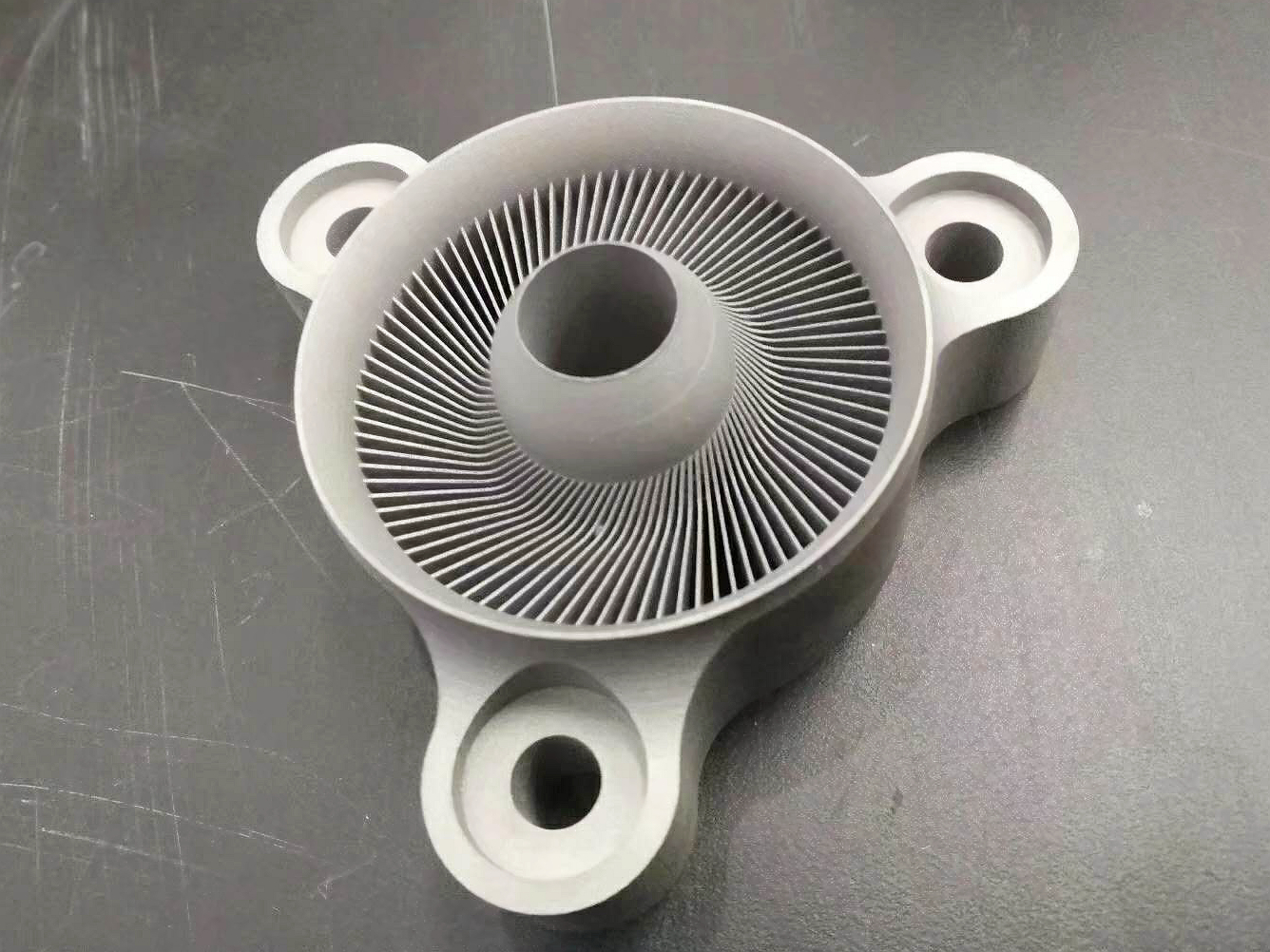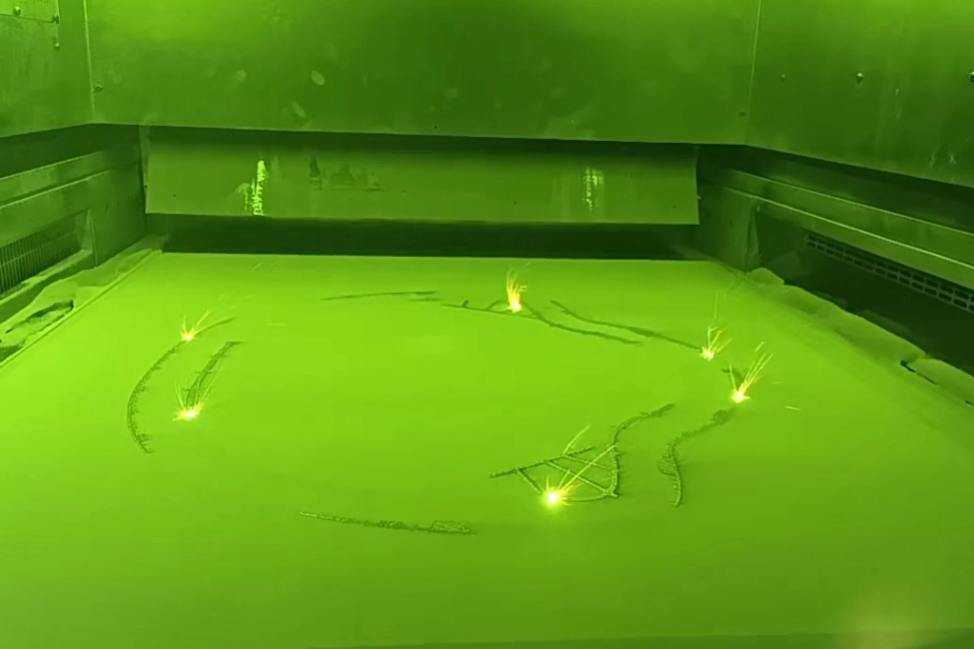Is DMS technology applicable to all types of metallic materials?
DMS (Defense Material Specifications) and similar ultra-trace purity control technologies are not universally applicable to all metallic materials in the same manner. Their implementation is highly specialized and is primarily driven by the performance requirements of the final component. While the fundamental principles of quality control can be applied broadly, the stringent, costly, and specific nature of DMS-level purity is reserved for metals where impurity control is critical to preventing catastrophic failure.
Materials Ideal for DMS-Level Purity Control
This technology is most prevalent and necessary for metals used in extreme environments, where mechanical properties and material integrity are pushed to their limits.
Reactive and High-Performance Alloys
These materials are the primary beneficiaries of ultra-trace purity control, as their performance is exceptionally sensitive to interstitial and tramp elements.
Titanium and Its Alloys: Materials like Ti-6Al-4V (Grade 5) and Ti-6Al-4V ELI (Grade 23) are highly susceptible to embrittlement from oxygen and nitrogen. DMS specifications strictly control these elements to ensure fracture toughness and fatigue resistance, making them essential for Aerospace and Aviation airframe and engine components.
Nickel-Based Superalloys: Alloys such as Inconel 718 and Hastelloy X are used in the hottest sections of turbines. Controlling elements like sulfur, phosphorus, and lead is crucial to prevent grain boundary weakening and hot cracking during operation or during high-energy Powder Bed Fusion processes.
Specialty Steels for Critical Applications: While standard Stainless Steel or Carbon Steel may not always require DMS-level control, high-strength maraging steels or corrosion-resistant alloys for medical implants or defense applications will have strict purity mandates to ensure reliability.
Materials with Limited or No DMS Applicability
For many common engineering metals, the cost-benefit ratio of implementing DMS-level controls is not justified.
Common Non-Reactive Metals and Alloys
Aluminum Alloys: While high-quality aluminum powders for additive manufacturing, such as AlSi10Mg, have controlled composition, they are generally less sensitive to gaseous impurities than titanium. Standard industrial specifications (e.g., ASTM) typically suffice for most applications in Automotive or Consumer Electronics.
Copper Alloys: Although purity is important for conductivity and printability, Copper Alloy applications often prioritize these properties over the extreme mechanical performance demanded in aerospace. Therefore, they are less frequently governed by DMS documents.
Tool Steels: Alloys like H13 are valued for their hardness and wear resistance. Their specifications focus on carbide formers (e.g., Cr, V, Mo) rather than ultra-trace impurity control at the DMS level.
The Role of Manufacturing Process and Application
The applicability of DMS technology is also determined by the manufacturing process and the component's end-use.
Additive Manufacturing Demands Higher Purity: The fast solidification rates and complex thermal cycles in processes like Direct Metal Laser Sintering (DMLS) can amplify the negative effects of impurities, making high-purity powders more critical than in traditional casting or forging.
Industry-Driven Requirements: A part destined for Medical and Healthcare (e.g., a spinal implant) or Energy and Power (e.g., a turbine blade) will have vastly different purity requirements than a prototype for Education and Research. DMS-level control is an investment made for mission-critical applications.
In conclusion, DMS technology is a targeted solution for a specific class of high-performance metallic materials. It is not a one-size-fits-all approach, but it is essential for ensuring the reliability of reactive and high-strength alloys in the most demanding applications.



